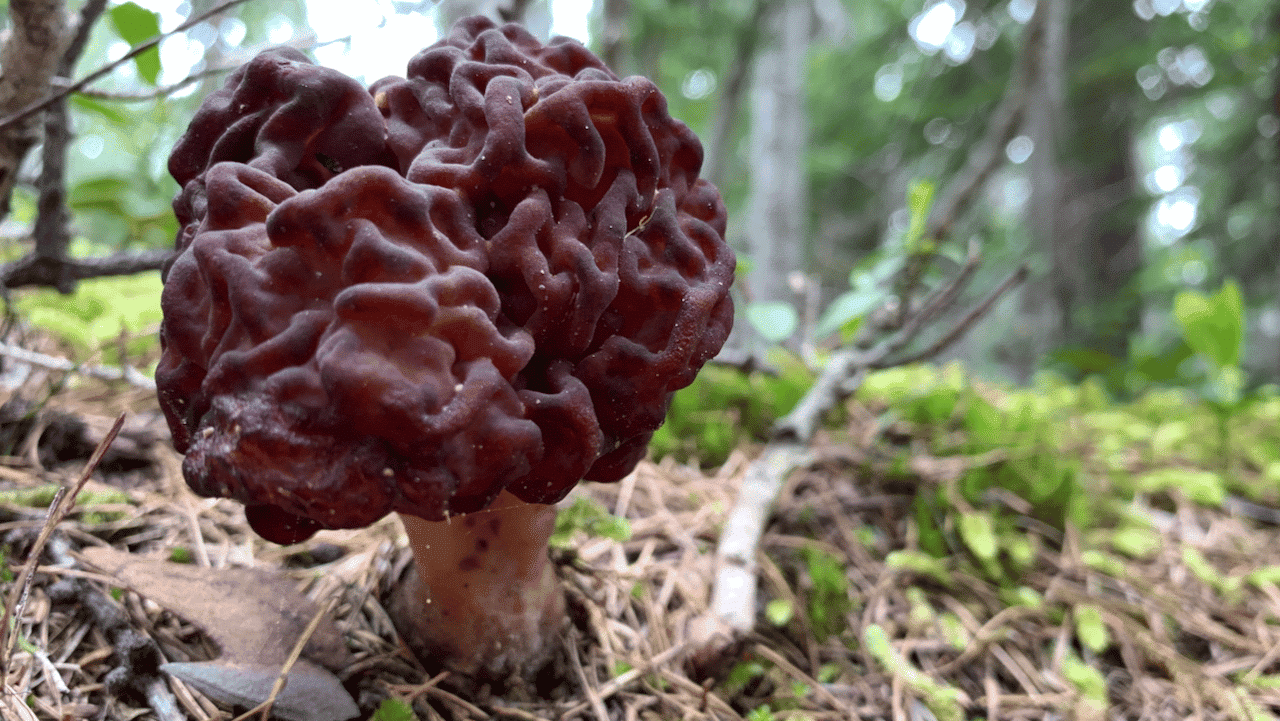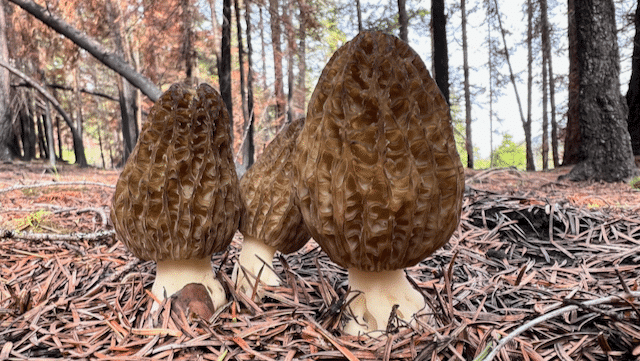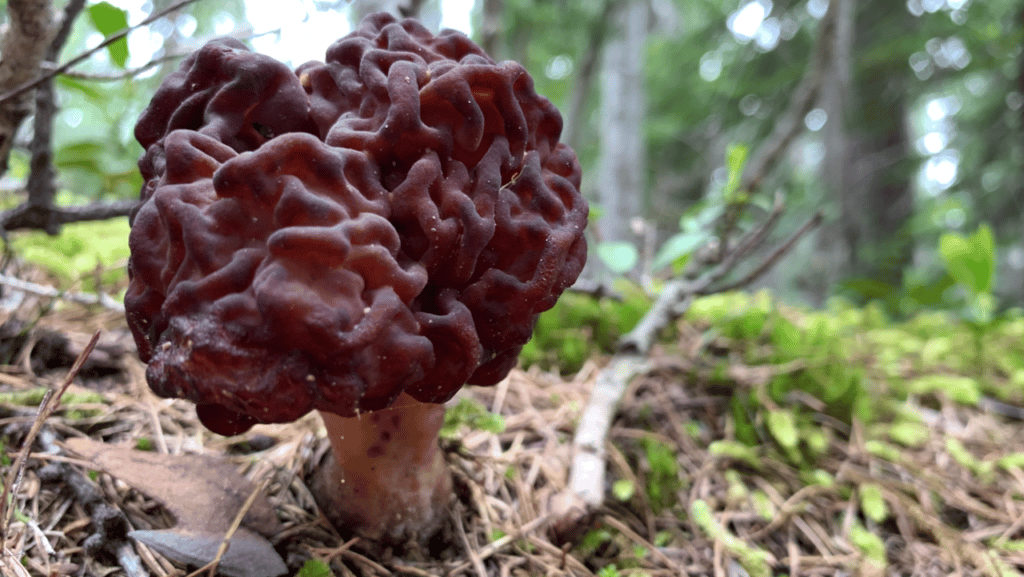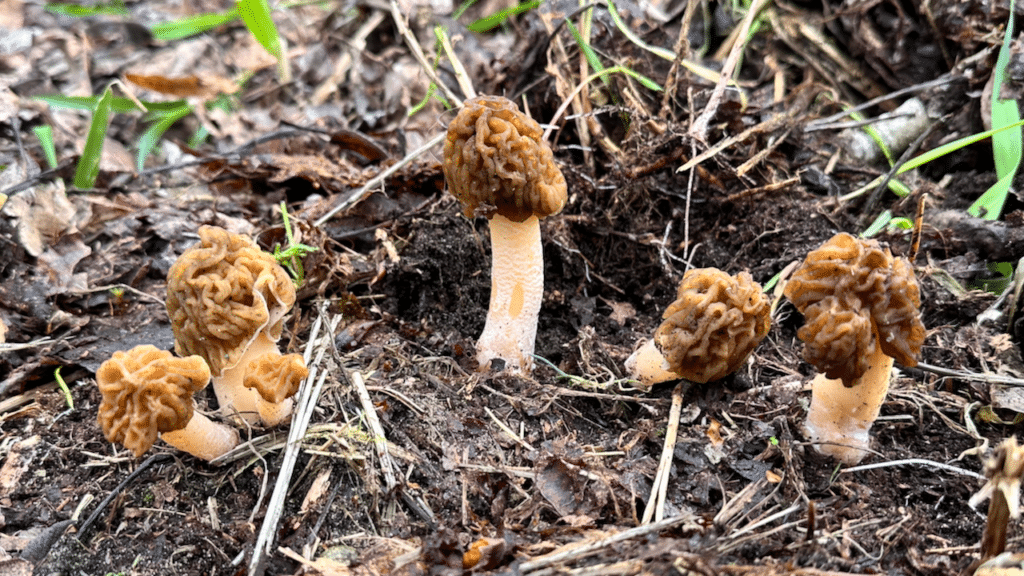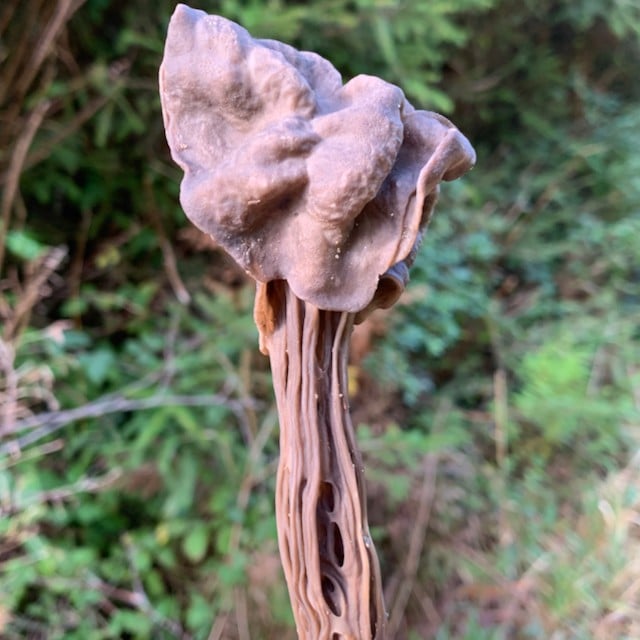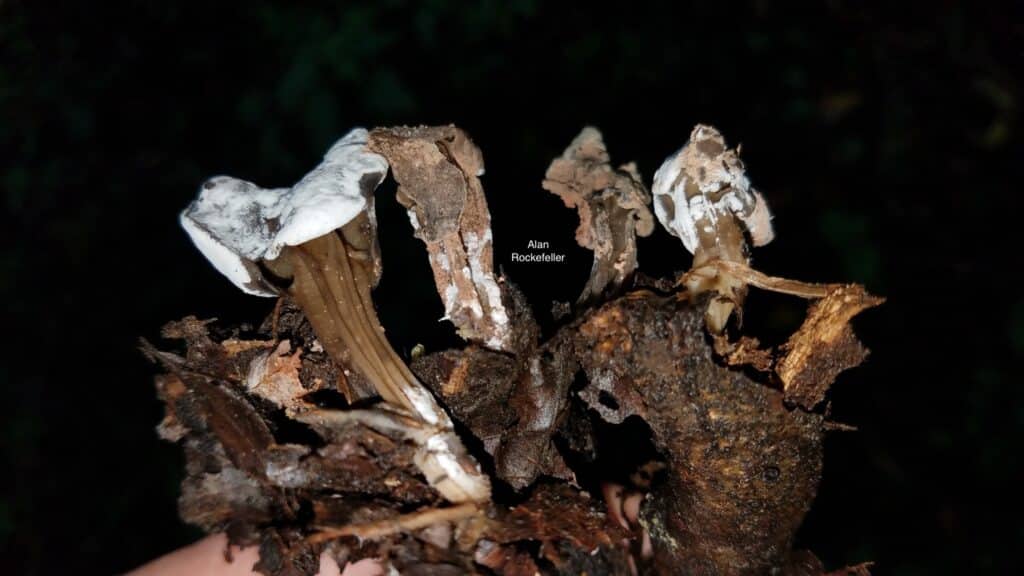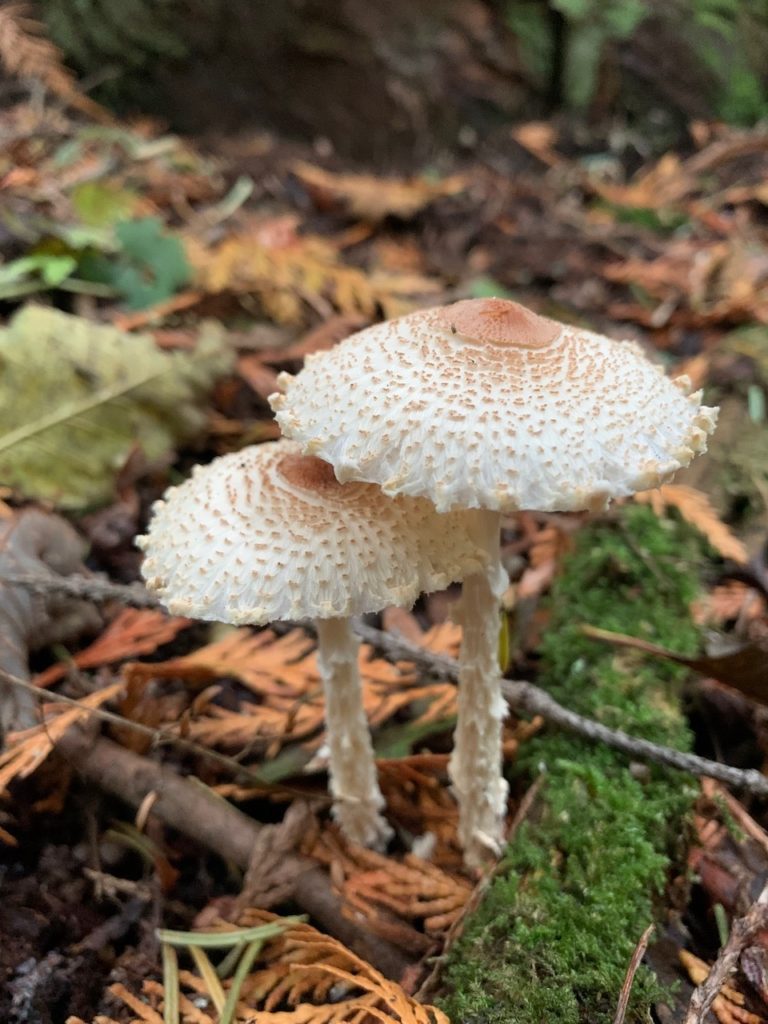Toxicity of Morels and False Morels in the Pacific Northwest
Introduction
Navigating the spectrum of mushroom edibility and toxicity presents a complex challenge. Even widely accepted edible mushrooms can cause adverse effects in some individuals, while certain mushrooms known for their toxicity, such as Gyromitra esculenta, have been eaten safely after specific preparation techniques. The determination of a mushroom’s safety for consumption varies from mushroom to mushroom of the same species, and is influenced by cooking methods, the amount ingested, and personal sensitivities. Even geography and the substrate on which the mushrooms are found may influence the amount of toxins found in these mushrooms.
This article provides an overview of the toxicity concerns associated with morels and similar mushrooms in the Pacific Northwest.
There is still a lot we don’t know about the types and concentrations of different toxins found in many mushrooms. One can reduce their chances of having adverse reactions when consuming wild mushrooms by cooking all wild mushrooms until they know better. When eating a mushroom that is new to you, eat only a small bite and wait for 24 hours. Eat only properly identified specimens especially when inexperienced foragers are contributing their finds.
Morels
Morels are prized for their taste but may pose toxic risks under certain conditions. The presence of specific compounds that can cause gastrointestinal and neurological issues is noteworthy. Properly cooking morels significantly reduces or eliminates these toxins, emphasizing the importance of never consuming them raw or only partially cooked. Between March and April 2023, 50 individuals became sick and 2 died as a result of eating raw or undercooked morels. The exact species was identified as Morchella sextelata which is known to exist in the Pacific Northwest. [7]
Gyromitra esculenta
Gyromitra esculenta, harboring gyromitrin, transforms into hydrazine upon ingestion, potentially causing severe stomach distress, liver, and kidney damage after a few hours. The neurotoxic effects of hydrazine, through its interference with vitamin B6, can lead to confusion and seizures. While certain preparation methods may reduce hydrazines, complete safety cannot be guaranteed. Over three decades, 27 cases of gyromitrin poisonings have been documented, with a significant portion resulting in critical organ damage. Nonetheless, consuming a lethal dose is highly unlikely due to its large quantity requirement.
Verpa bohemica
The edibility of Verpa bohemica, or the “early morel,” remains a topic of debate, illustrating the complexities surrounding mushroom consumption. While considered safe and traditionally consumed in regions like Northern Italy, North American advisories often label it as suspect or potentially toxic. The discrepancy highlights the importance of cautious interpretation and local knowledge in assessing mushroom safety.
Helvella vespertina
Helvella species including the western black elfin saddle Helvella vespertina are often safely consumed when properly cooked. There are reports of gastric upset when Helvella species are eaten raw or undercooked and the toxins responsible are not well understood.
The presence of Hypomyces cervinigenus, a toxic mold, can notably infect these mushrooms, recognizable by a distinct white coloration.
Conclusion
The edibility and toxicity of mushrooms encompass a complex interplay of factors including the method of preparation, the quantity consumed, and individual sensitivities. The variability in toxicological effects, coupled with a scarcity of comprehensive research and the diversity within mushroom species, underscores the challenges in fully understanding these natural entities. While classical foraging species have been known to cause a spectrum of reactions due to inherent toxins, methods like cooking, drying, and parboiling can mitigate but not entirely eliminate these risks. However, it’s crucial to contextualize the dangers associated with wild mushrooms against the backdrop of more common foodborne pathogens such as norovirus, salmonella, listeria, and E. coli. Awareness and caution are paramount when consuming wild mushrooms, but this should be balanced with an informed perspective on the broader landscape of food safety.
References Cited
- Beug, M., M. Shaw, and K.W. Cochran. “Thirty years plus of mushroom poisoning: summary of the approximately 2,000 reports in the NAMA case registry.” McIlvainea 16(2): 47–68. Read more.
- Benjamin, D. “Gyromitrin poisoning: more questions than answers.” Fungi Magazine (Vol 13. Num 1). Read more.
- Horowitz, K. M., Kong, E. L., & Horowitz, B. Z. “Gyromitra Mushroom Toxicity.” In StatPearls [Internet]. StatPearls Publishing. Read more.
- Lagrange E, Vernoux J-P. “Warning on False or True Morels and Button Mushrooms with Potential Toxicity Linked to Hydrazinic Toxins: An Update.” Toxins. 2020; 12(8):482. Read more.
- Davoli, P., & Sitta, N. “Early morels and little friars, or a short essay on the edibility of Verpa bohemica.” FUNGI, 8(1).
- Kuo, M. “Hypomyces cervinigenus.” MushroomExpert.Com. Read more.
- Ebelt, J., & Whaley, H. (2023, July 19). DPHHS and GCCHD Provide Final Summary on Foodborne Outbreak Linked to Morel Mushrooms. Montana Department of Public Health and Human Services. Read more

